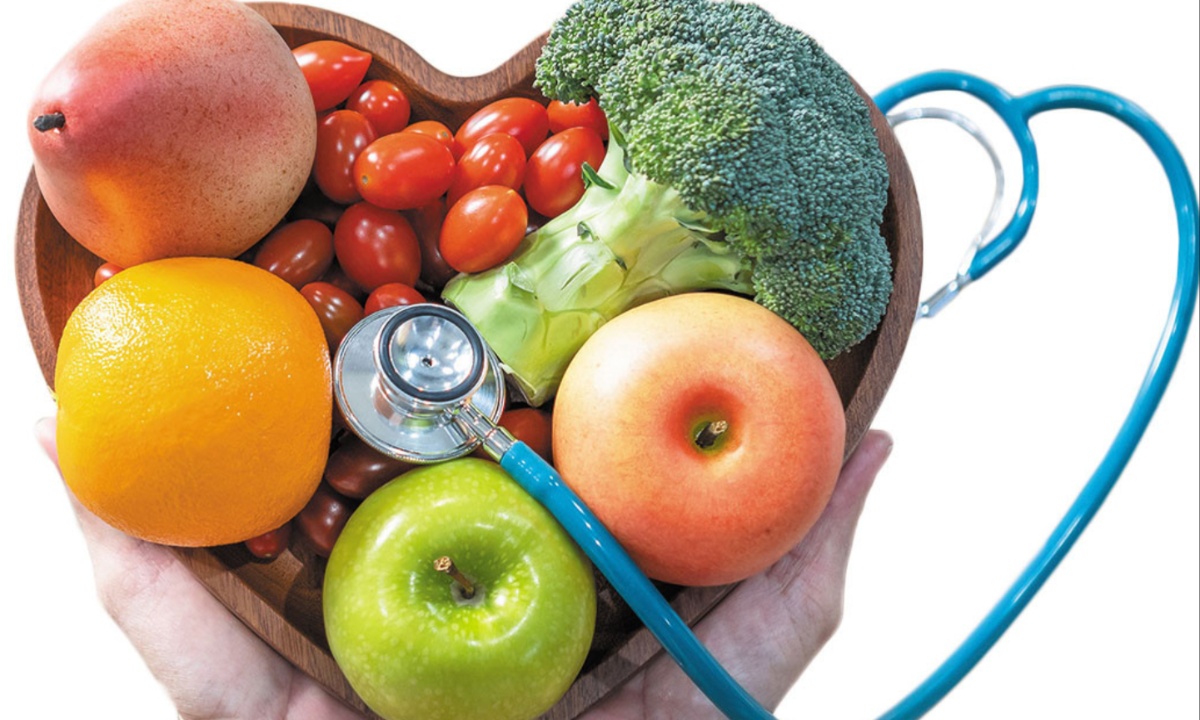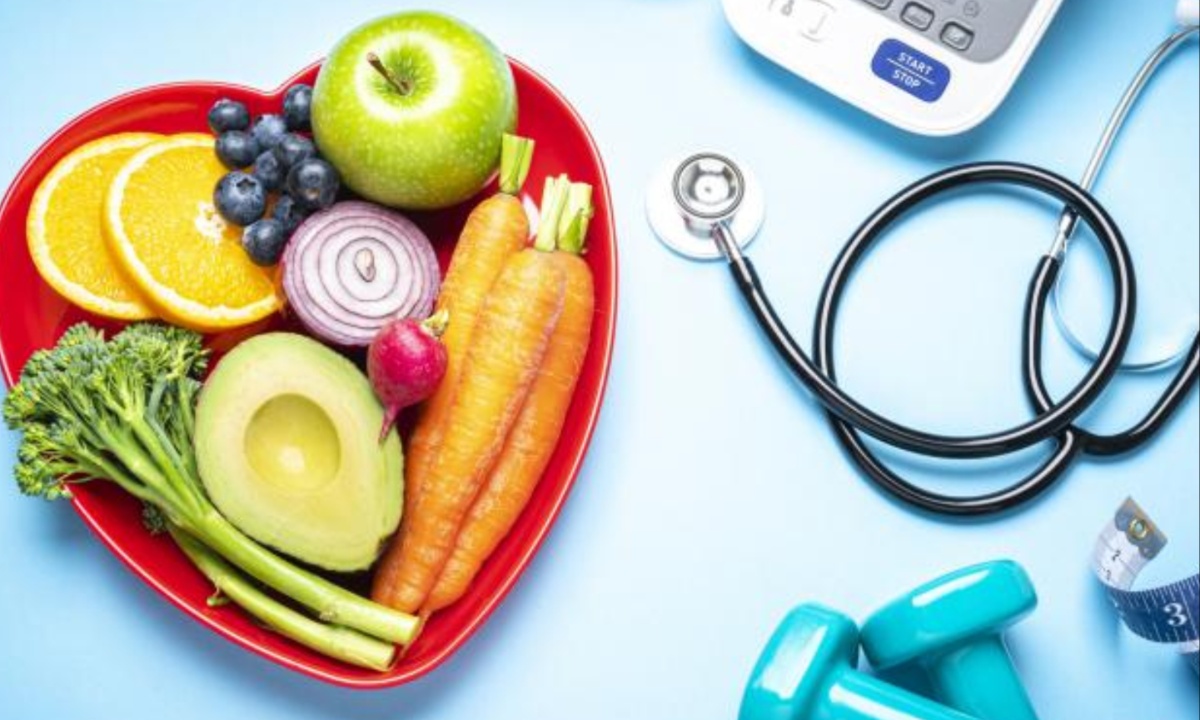The DASH diet, or Dietary Approaches to Stop Hypertension, has consistently been recognized as one of the most effective heart-healthy diets. Despite its proven benefits in managing blood pressure, a 2024 survey by the International Food Information Council found that only 2% of Americans who followed a specific eating plan adhered to the DASH diet. This statistic astonished Dr. Stephen Juraschek, an internal medicine physician at Harvard Medical School, particularly because nearly half of U.S. adults experience high blood pressure, yet less than 25% have it under control.
The implications of unmanaged high blood pressure are severe, leading to increased risks of heart disease and stroke, both of which are major causes of mortality in the United States. The DASH diet is specifically designed to combat these issues by promoting a diet rich in vegetables, fruits, whole grains, beans, legumes, nuts, low-fat dairy, and lean proteins. It also encourages limiting saturated fats and added sugars. Although research supports the diet’s effectiveness in improving heart health, it has not gained the widespread popularity one might expect.

Several barriers contribute to the limited adoption of the DASH diet. According to Dr. Mayar Jundi, many individuals underestimate the importance of dietary changes in managing health conditions, often due to a lack of education and resources. The typical American consumes about 3,400 milligrams of sodium daily—almost 1.5 times the recommended limit—which can make the DASH diet’s guideline of reducing sodium intake to 1,500 milligrams seem daunting. Additionally, dietitian Kiran Campbell points out that many people struggle with selecting and preparing DASH-compliant foods, lacking knowledge about cooking methods and how to make these foods enjoyable.
To encourage more people to adopt the DASH diet, experts suggest focusing on gradual changes rather than a complete diet overhaul. Michelle Routhenstein, a preventive cardiology dietitian, advocates for an “add in” mindset, where individuals start by incorporating more fruits and vegetables into their meals. This approach can make the transition to a healthier diet feel less overwhelming, allowing individuals to develop sustainable habits that positively impact their blood pressure and overall health.
Practical tips for successfully following the DASH diet include using herbs and spices instead of salt to enhance flavor, opting for low-sodium snacks and foods, and designating one meat-free day each week. The American Heart Association indicates that reducing sodium intake by just 1,000 milligrams daily can significantly improve heart health. By choosing flavorful seasonings and being mindful of packaged foods, individuals can better manage their sodium intake. Additionally, swapping out meat for plant-based proteins on occasion not only reduces saturated fat consumption but also boosts fiber intake, contributing to overall heart health and well-being.
